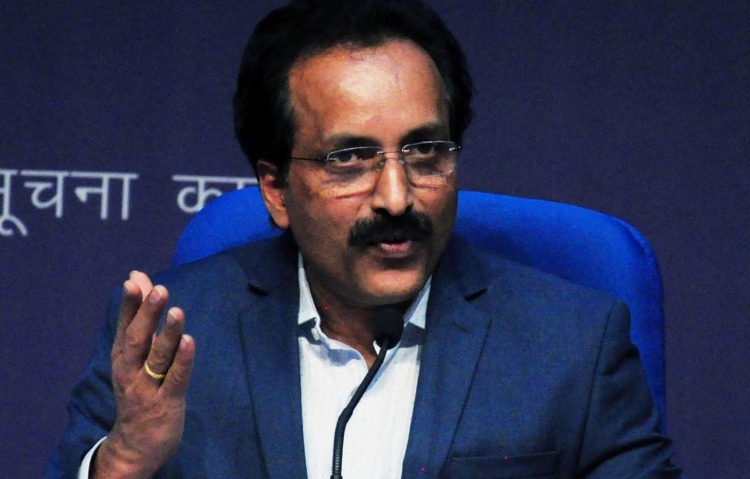
Sriharikota: Indian Space Research Organisation (ISRO) Chairman S. Somanath announced that the project team has successfully submitted the project report for the next generation rocket, marking a significant milestone. The focus now shifts to securing government funding for further development.
Addressing reporters following the successful orbiting of the country’s latest weather satellite, INSAT-3DS, Somanath disclosed ongoing internal discussions regarding the objectives of the next moon mission, Chandrayaan-4, emphasizing the need for unique accomplishments.
The Next Generation Launch Vehicle (NGLV) project team has not only submitted the project report but has also estimated the associated costs. The subsequent steps involve soliciting government funds and establishing collaboration with the private industry for development.
Progress is already evident as rocket design work is currently underway, with the next generation rocket envisioned to be partially reusable and capable of carrying approximately 10 tonnes to Geosynchronous Transfer Orbit (GTO), a significant enhancement compared to ISRO’s current heaviest rocket, LVM3, which has a carrying capacity of four tonnes.
Regarding Chandrayaan-4, Somanath highlighted the ambition to achieve unprecedented objectives, such as retrieving lunar samples using a robotic system. Emphasizing the complexity of the mission, he underscored the need for substantial funding and the development of cutting-edge technology.
While discussing collaborations, Somanath clarified that the India-US collaborative earth observation satellite, NASA-ISRO Synthetic Aperture Radar (NISAR), will be utilized exclusively for earth observation purposes, with a specific focus on studying the Earth as a system.
Additionally, Somanath provided insights into the future use of existing weather satellites like INSAT-3D, hinting at their repurposing for different applications, thereby optimizing resources and enhancing ISRO’s operational capabilities.
